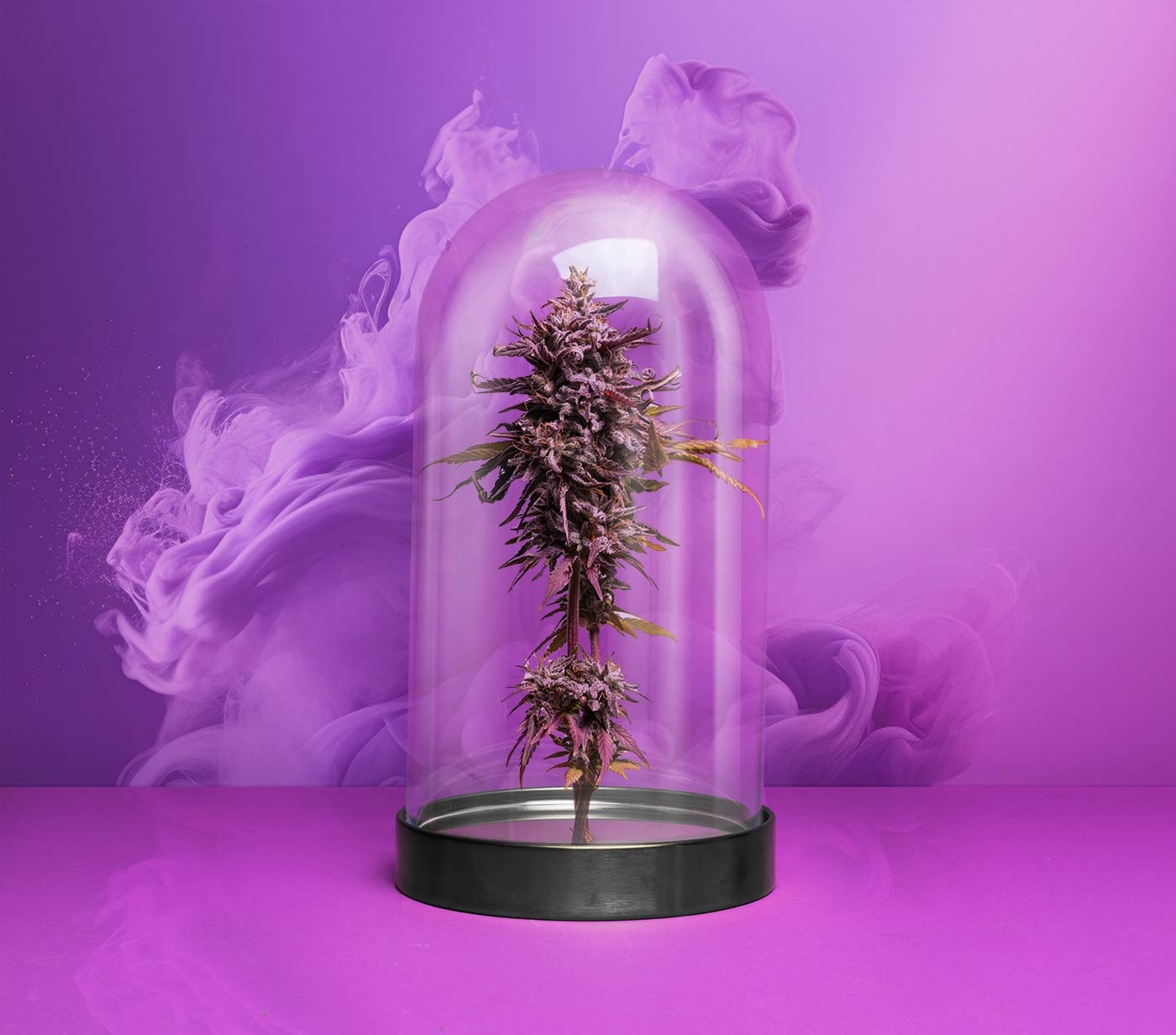
What is in Cannabis?
From its history as an unfairly categorized and misunderstood plant, to cannabis’ current status as a now legal (in some areas) and yet still misunderstood plant, everything about cannabis is complicated.

We are here to clear things up for you.
Of the over 400 chemical compounds found within cannabis, more than 60 of them are cannabinoids. These cannabinoids are primarily responsible for producing the vast array of effects most commonly associated with cannabis.
While we’ve just begun to understand the full scope and complexity of this beautiful and historically misunderstood plant, we do know a few basics. Let’s break them down for you.
TETRAHYDROCANNABIDIOL (THC)
Until the emergence of CBD (more on that below), of all the significant cannabinoids, THC was the most commonly referenced and understood. THC is the abbreviation for a scientific label you’re likely to forget—Delta (9)-tetrahydrocannabinol. And, as previously mentioned, it is the most well-known cannabinoid. THC is responsible for most of the psychoactive effects commonly associated with cannabis. To put it simply, THC gets you high. That’s not all it does, however. THC has proven to have numerous therapeutic effects and is considered an antioxidant, helping to protect your brain and providing general relief from pain and inflammation.
CANNABIDIOL (CBD)
From farmers markets to your local pet store, to sparkling water, CBD is all the rage (we published a blog about CBD), and because of this, there’s a ton of misinformation floating around about it. What is CBD and what does it do? Let’s start with the basics.
CBD is the second most common cannabinoid found within cannabis. Unlike its psychoactive cousin, THC, CBD doesn’t bind itself to the same CB1 or CB2 Receptors (learn more about those here), which means, in basic terms, CBD doesn’t get you high. That said CBD has a whole range of positive attributes that help to explain its newfound fame. CBD has been shown to help relieve nausea, inflammation, and anxiety. It is for this reason many consumers prefer CBD to THC—they can get the benefits of cannabis without experiencing the head-high from THC.
CBD is also now legal in many states, including several that don’t allow legal recreational or medical cannabis. Let’s be clear: not all CBD products are created equal, we’d encourage you to drop by and chat with a Lightshade budtender to learn more about CBD and CBD-related products.
CANNABINOL (CBN)
CBN isn’t as widely known as THC or CBD; this is due mainly to the lengthy history of cannabis prohibition (ongoing in many parts of our country) which has kept researchers from being able to study the lesser-known compounds found within cannabis. As THC oxidizes, it becomes CBN. It is for this reason that old or improperly stored cannabis has higher-levels of CBN than fresh flower stored in an airtight container. Like CBD, CBN is non-psychoactive and is known to assist with general pain relief, is anti-convulsive, and, most importantly, helps to provide restful sleep.
As researchers continue to study cannabinol, CBN-rich products will begin to hit the market. For now, there are very few products available specific to CBN. Drop by your favorite Lightshade location to discuss available products.
CANNABIGEROL (CBG)
CBG (cannabigerol), a non-psychoactive cannabinoid and like CBD, it won’t get you high. CBG plays a critical role in the biochemistry of cannabis, as it is the foundation of THC and CBD. While only minimal amounts of CBG have been identified in cannabis strains, there are hemp strains cultivated specifically to contain higher yields of this cannabinoid. Researchers have found CBG to possess potent antibacterial properties. They’ve also been able to uncover positive attributes related to CBG such as the reduction of intraocular pressure (fluid pressure inside the eye), making this cannabinoid an excellent option for patients experiencing glaucoma. CBG has been discovered to be a neuroprotectant, aids with skin ailments, stimulates appetite and is helpful in the treatment of gastrointestinal disorders.
CBG interacts with both the CB1 and CB2 receptors and is thought to boost anandamide, the endocannabinoid responsible for increasing levels of dopamine in a consumers brain, as well as for regulating mood, appetite, and sleep. While we’ve only begun to understand the full scope of what CBG can do, the compound appears to be a critical component of our favorite plant.
TETRAHYDROCANNABIVARIN (THCV)
Tetrahydrocannabivarin or THCV, another difficult to pronounce cannabinoid, is a compound unlike CBD and CBG—it can get you high. The chemical composition of THCV is similar to that of THC. Researchers believe THCV counteracts many of the effects inherent to THC when found in small amounts, while potentially accentuating those effects in higher doses. Products packed with THCV might produce a sharp, clear-headed, nearly psychedelic high that is brief.
THCV is considered an appetite suppressant, and it is thought to aid in the regulation of blood sugar. Researchers also consider THCV to be a bone health stimulant along with a range of desirable attributes we’ve only begun to learn discover.
Tetrahydrocannabivarin interacts with both the CB1 and CB2 receptors in the ECS (Endocannabinoid System), but the way this cannabinoid binds to the receptors depends largely upon dosage. Low doses appear to inhibit the psychoactive properties produced by THC, while in contrast, higher doses result in enhanced psychoactivity. Put simply, THCV is complex.
Due to the range of potentially helpful effects of THCV, this compound is emerging alongside CBD as one of the most researched cannabinoids. We’ve barely begun to scratch the surface.
Questions about cannabis education or products? Visit your favorite Lightshade location and chat with one of our expert budtenders.
Research and education information courtesy of Holos Health | Dr. Joseph Cohen, D.O.